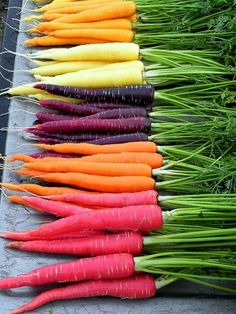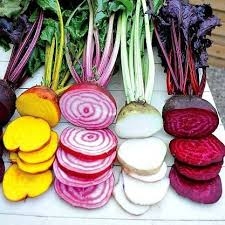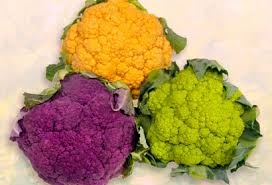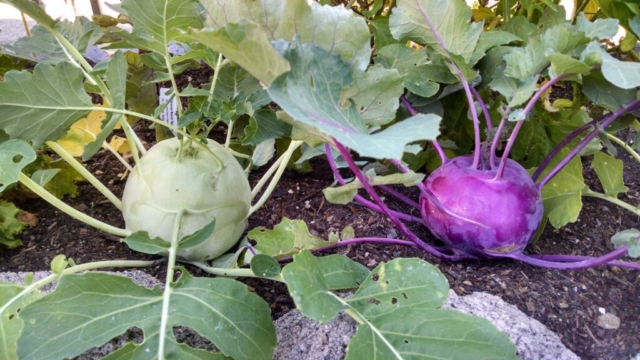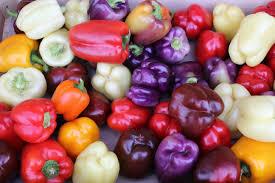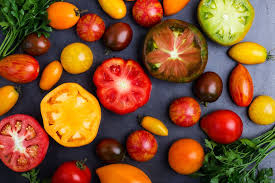Colorful vegetables add a variety of health benefits. As a child, you were probably encouraged to eat your greens. But what about your blues, reds, purples, and yellows? Can eating an array of colorful vegetables really improve your general well being? The short answer is a ‘yes’!
The whole concept of so-called ‘superfoods’ I believe was little more than marketing spin. It seems like everything from grapes, beets to berries are superfoods. The health benefits of these foods are often exaggerated, caught up in a sort of nutritional one-upmanship that ultimately creates a fog of confusion; it’s hard to know what to believe and how far to trust the fantastic claims made.
The truth is that all fruits and vegetables are superfoods in their own way. It’s also fair to state that fruits and vegetables of different colors offer different nutritional advantages. So a purple carrot offers a different set of health benefits to a traditional orange carrot. Blueberries – the go-to ‘superfood’ – are of course good for us, but so too are red currants, blackberries, and strawberries. They all bring something unique to the table.
Let’s explore the carrot as an example. You may (or may not) be surprised to learn that carrots come in a range of colors, the result of their origin or breeding. All of them are good for us, but for a variety of reasons. Purple carrots have higher levels of anthocyanins, which contribute to heart health, while red carrots are rich in lycopene, a pigment known to safeguard eye health. Yellow carrots, on the other hand, contain high concentrations of lutene, a pigment shown to slow the hardening of the arteries.
The conclusion to be drawn from this is that there’s something in the claim that eating a rainbow of produce is good for us.

